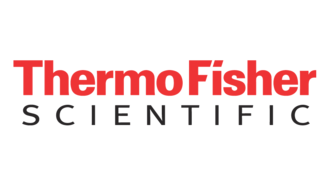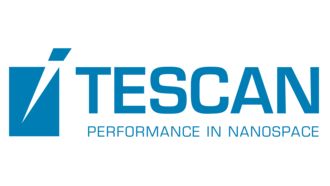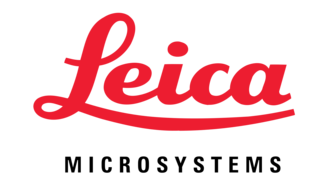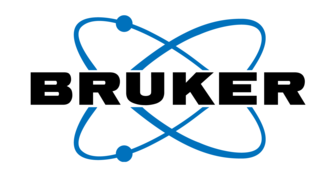Pioneer of modern Electron Microscopy Prof. Dr. Harald Rose at MCM2017
It is our great privilege and honor to announce that professor Harald Rose will give a Keynote Talk "From micrometer to Sub-Angstroem resolution - the development of the electron microscope" at MCM2017.
Harald Rose, emeritus Professor of the Technical University Darmstadt, Germany is a pioneer in the field of electron microscopy. He won the Wolf Prize for Physics in 2011 with Maximillian Haider and Knut Urban, for developing aberration-corrected electron microscopes. This award enjoys the same prestige amongst physicists as the Nobel Prize.
The electron microscope is one of the most widely used research tools in modern science. Since its invention in 1931, the performance of electron microscopy has been limited by the effects of the aberrations of the electron lenses used, which kept its spatial resolving power at values far below the theoretical limit. For decades, atoms were shrouded in an almost mystical aura. Until 80's, nobody had ever seen one with the naked eye. No microscope was powerful enough to make the unimaginable tiny components of matter visible. Worldwide, many physicists made extraordinary efforts to overcome these limitations. But, for over half a century, these attempts failed.
At the end of the 80's, in a stroke of genius, Darmstadt physicist Harald Rose succeeded in rendering atoms visible by fitting electron microscopes with “spectacles” (aberration-corrected electron optics) which redirected the errant electron beams that blurred the image. For the first time, aberration-corrected transmission electron microscopy has permitted localization of atoms with an accuracy of a picometer, corresponding to one hundredth the size of a hydrogen atom. The ability to measure individual atomic positions with picometer precision and to correlate atomic-scale structure with the macroscopic physical properties constitutes a major breakthrough in materials science, with implications for many other areas of science and technology.
Within less than five years since the commercialization of aberration-corrected electron microscopy, more than 200 of these instruments have been ordered by university and industrial research laboratories all over the world, pointing to the central role that state-of-the-art electron microscopy plays in 21st century research and putting an end to decades of stagnation in this key area of scientific instrumentation and industrial technology.
Prof. Dr. Rose has published more than 200 reviewed articles in scientific journals, 10 major review articles and is inventor of 105 patents on scientific instruments and electron optical components partly manufactured by various companies.
Registration and Abstracts
This site uses cookies.
Some of these cookies are essential, while others help us improve your experience by providing insights into how the site is being used.
For more detailed information on the cookies we use, please check our Privacy Policy.
-
Necessary cookies enable core functionality. The website cannot function properly without these cookies, and can only be disabled by changing your browser preferences.




